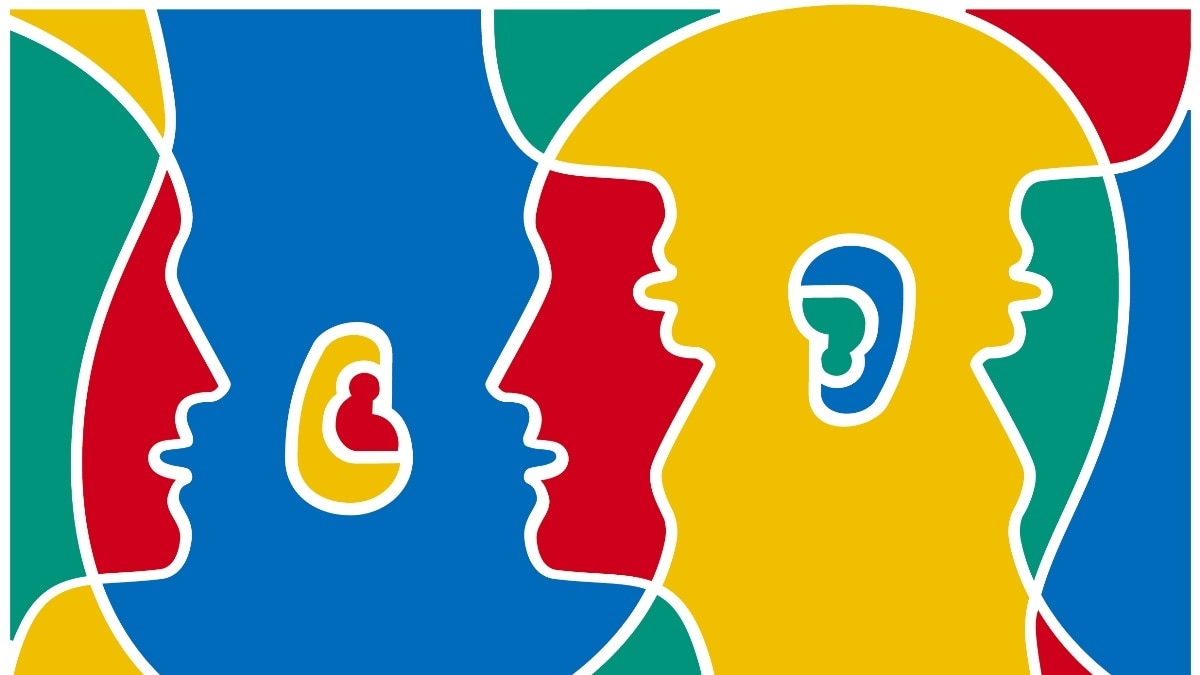But, when I arrived from my village to the capital's work office, I remembered the message I had read and thought: okay with this "red date" and its celebration, but how many languages there are in Europe is really interesting.
Who would ask to learn something more or less intelligent?
There was no one to ask, and I started googling here and there and recalling my own efforts to add one more to the list of all European languages - whatever they may be - Podlaskie.
The formal number of languages, as we can all guess, primarily depends on which language we consider a "language" and which a "dialect".
There is no complete consensus among linguists or among native speakers of the language-dialect distinction and, apparently, there never will be.
From the point of view of a native speaker, whose parents taught him to speak in his own way from the cradle, it does not matter whether that "in his own way" is qualified by linguists as a language or as a dialect.
This is the language in which the world was opened to man, and that's all.
Perhaps books are not written in the language "in its own way" and it is not taught in schools, but in its essence it does not differ in any way from languages that are more fortunate with writing and literacy...
However, attempts are being made to identify all languages in the world and define their status.
There is an international standard, the so-called ISO 639 standard, which assigns two-letter and three-letter codes to the world's languages and makes a list of them.
ISO 639 is essentially a series of five language standards that extend and clarify each other.
Well, for example, the Belarusian language in the ISO 639-1 and ISO 639-2 standards has a two-letter code be, in the ISO 639-3 standard - bel.
And Montenegrin in the ISO 639-3 standard is code crn.
In 2012, I tried to acquire a three-letter code in the ISO 639–3 standard for Podlaskie (pdl) by writing a request to a special organization called SIL International, but I was refused at that time.
So far, I have not tried to re-occupy such a code.
In short, to say more or less "authoritatively" how many "officially identified" languages are in Europe, you should, for example, base your assessment on ISO 639–1, ISO 639–2, ISO 639–3 standards.
So, if we believe these standards, then in Europe there are about 130 "European" languages, that is, "indigenous" European languages, and not the languages of immigrants (for example, Somalis or Chinese).
And if we look at the matter of European languages with a practical eye and admit that, for example, Podlasie (Poland), Banat (Romania, Serbia), Pomatia (Bulgaria, Greece, Macedonia), Chakavian and Kaikavian (Croatia), Latgalian (Latvia), Moravian (Czech Republic), Palesk (Belarus, Ukraine) are separate languages, not dialects, so one hundred more would have to be added to the above number.
Linguistic identification of a language is not the same as its official, "political" recognition.
For example, the Silesian language (Poland) has its own ISO 639–3 three-letter code (szl), but it is not recognized as a separate language in Poland.
Although more than half a million (!) people declared it as their home language in the last census.
Finally, a little about the criteria on which linguists try to base the identification of different languages and give them codes.
Very briefly, ISO 639-3 is based on three general premises:
1. Two types of language can be counted as one language, if the speakers of one type understand the other type without the need to study it.
2. Two types of language, mutually unintelligible to their speakers, can be counted as one language if there is a common literature or a common ethnolinguistic identity of these speakers.
3. Two types of language, mutually intelligible to their speakers, can be classified as different languages if there is a clear distinct ethnolinguistic identity among these speakers.
Item 1 can be classified as a purely linguistic criterion, while items 2 and 3 take into account the so-called sociolinguistic factors.
In other words, a language is considered separate if, in the first place, interested speakers think so about it, and not linguists from one or another academy of sciences.
The opinions expressed in the blogs represent the views of the authors themselves and do not necessarily reflect the position of the editors.
Secure communication
with our editors.
HERE
Jan Maksimyuk
Journalist of Radio Svaboda
Editor of the community "Only about literature" on Facebook
maksymiukj@rferl.org
FACEBOOKTWITTERSubscribe
